Filter data
|
ID |
Nickname |
Country / City |
Languages |
Taxonomies |
Comment |
Project / Group |
Map |

|
34286
|
|
Saint Vincent and the Grenadines
Port Elizabeth
|
|
|
—
|
|
|
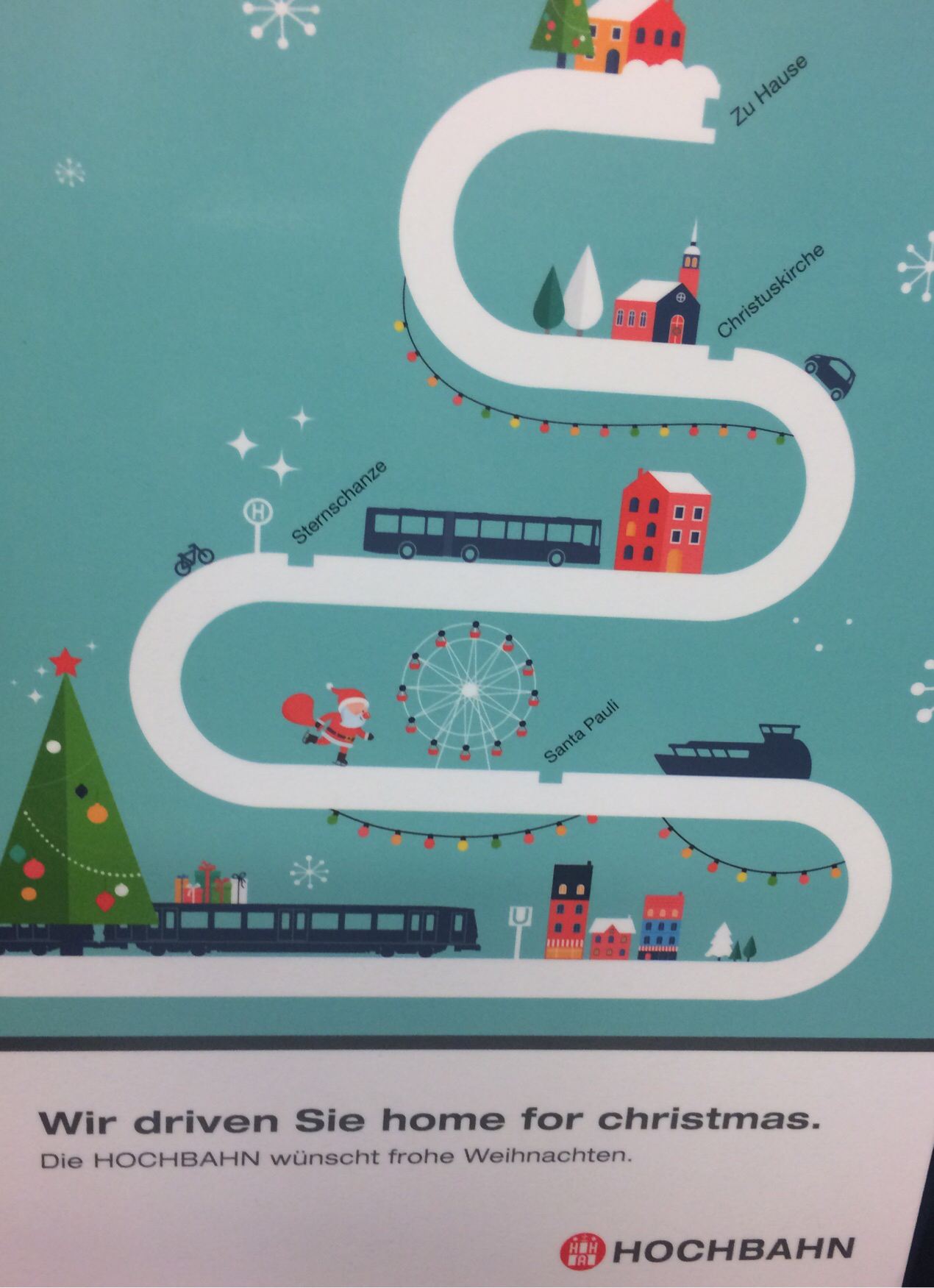
|
2487
|
|
Saksa
Hampuri
|
|
|
U-Bahn
|
|
|
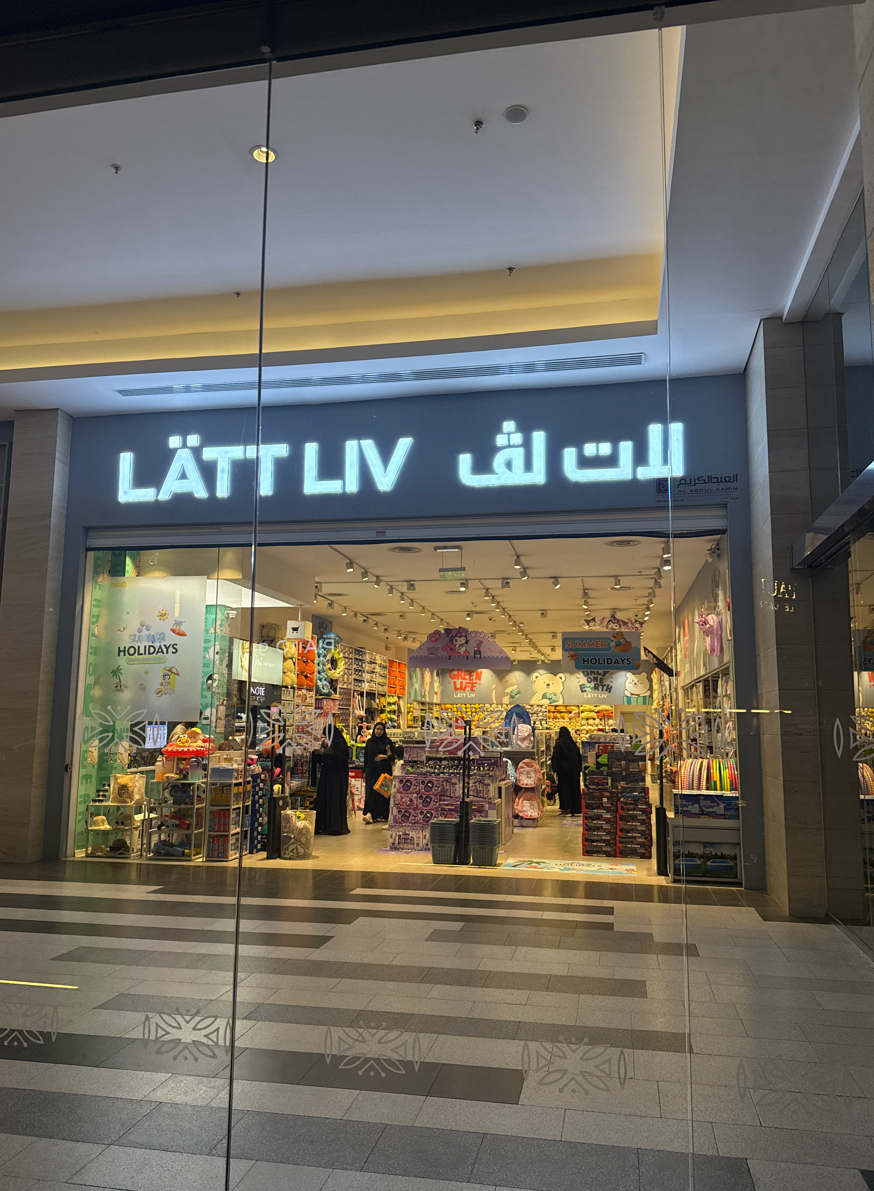
|
134725
|
|
Saudi Arabia
Riyadh
|
|
|
GDA (Geometric Design of Alphabets)
|
|
|
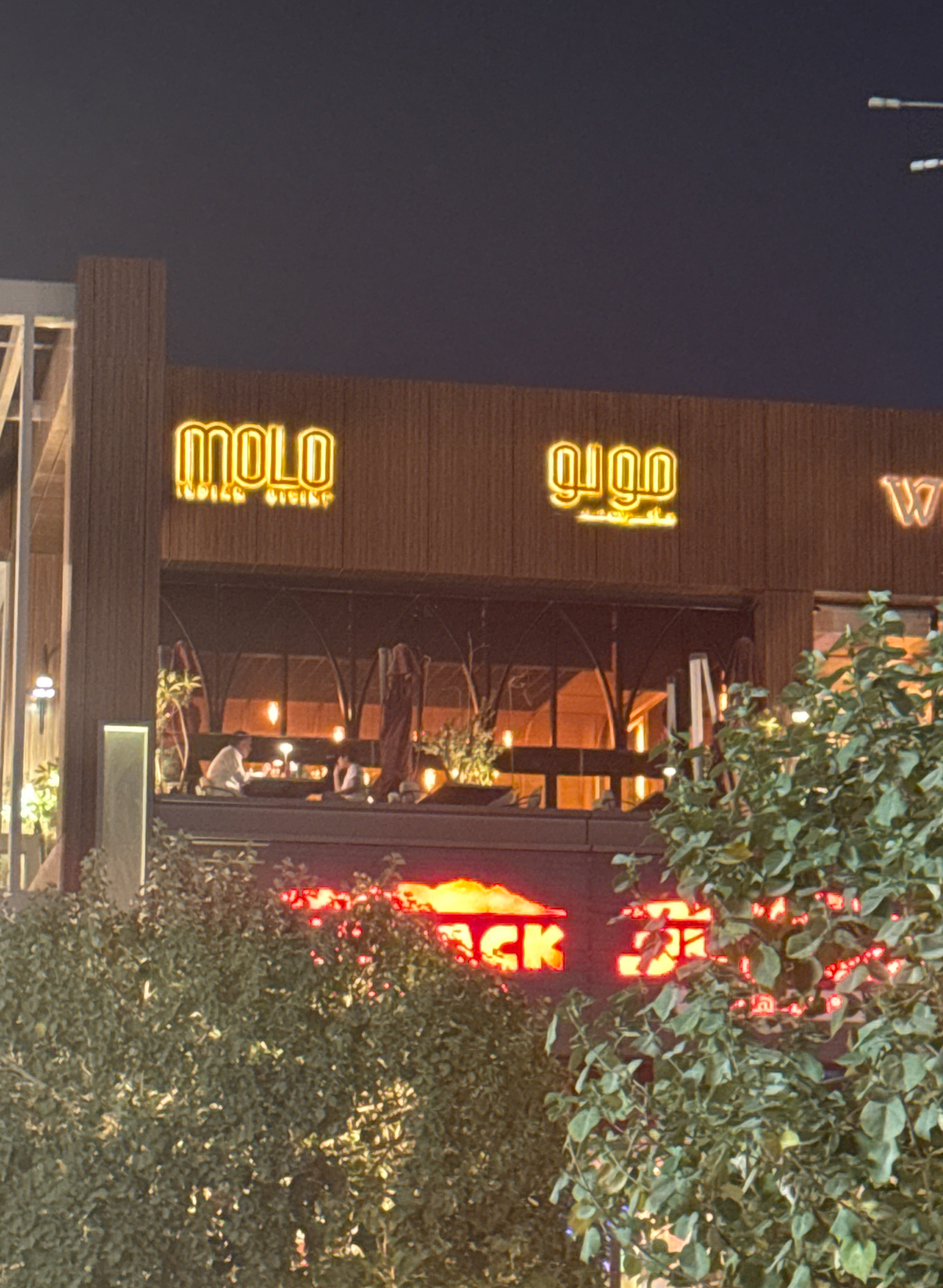
|
134726
|
|
Saudi Arabia
Riyadh
|
|
|
GDA (Geometric Design of Alphabets)
|
|
|
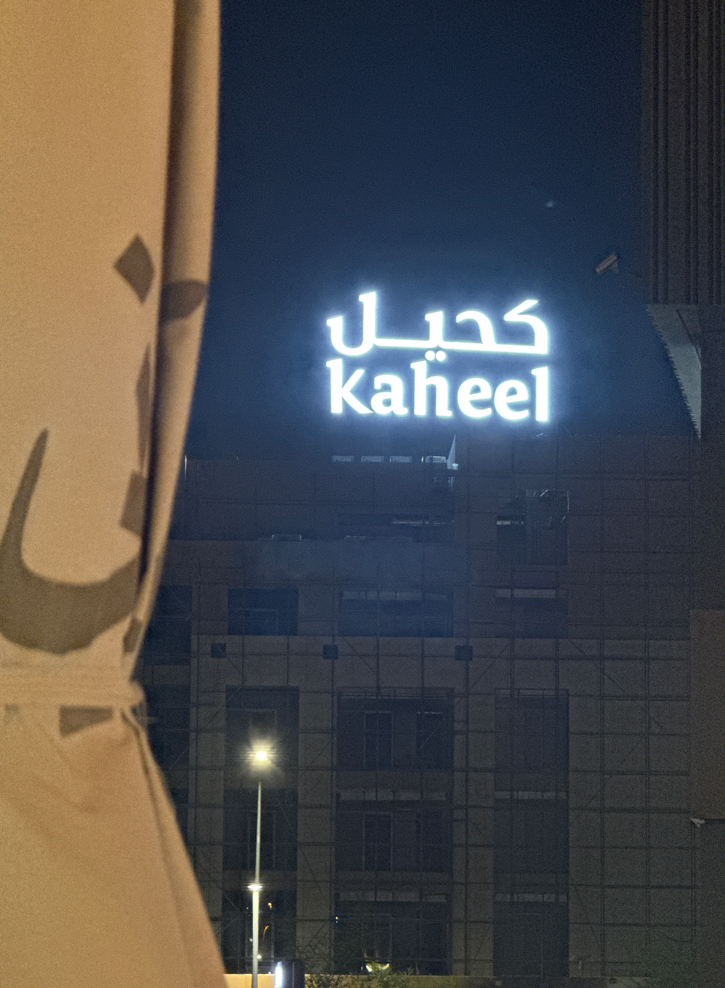
|
134727
|
|
Saudi Arabia
Riyadh
|
|
|
GDA (Geometric Design of Alphabets)
|
|
|

|
135060
|
|
Saudi Arabia
Jeddah
|
|
|
Geometric Design of Alphabets (GDA)
|
|
|
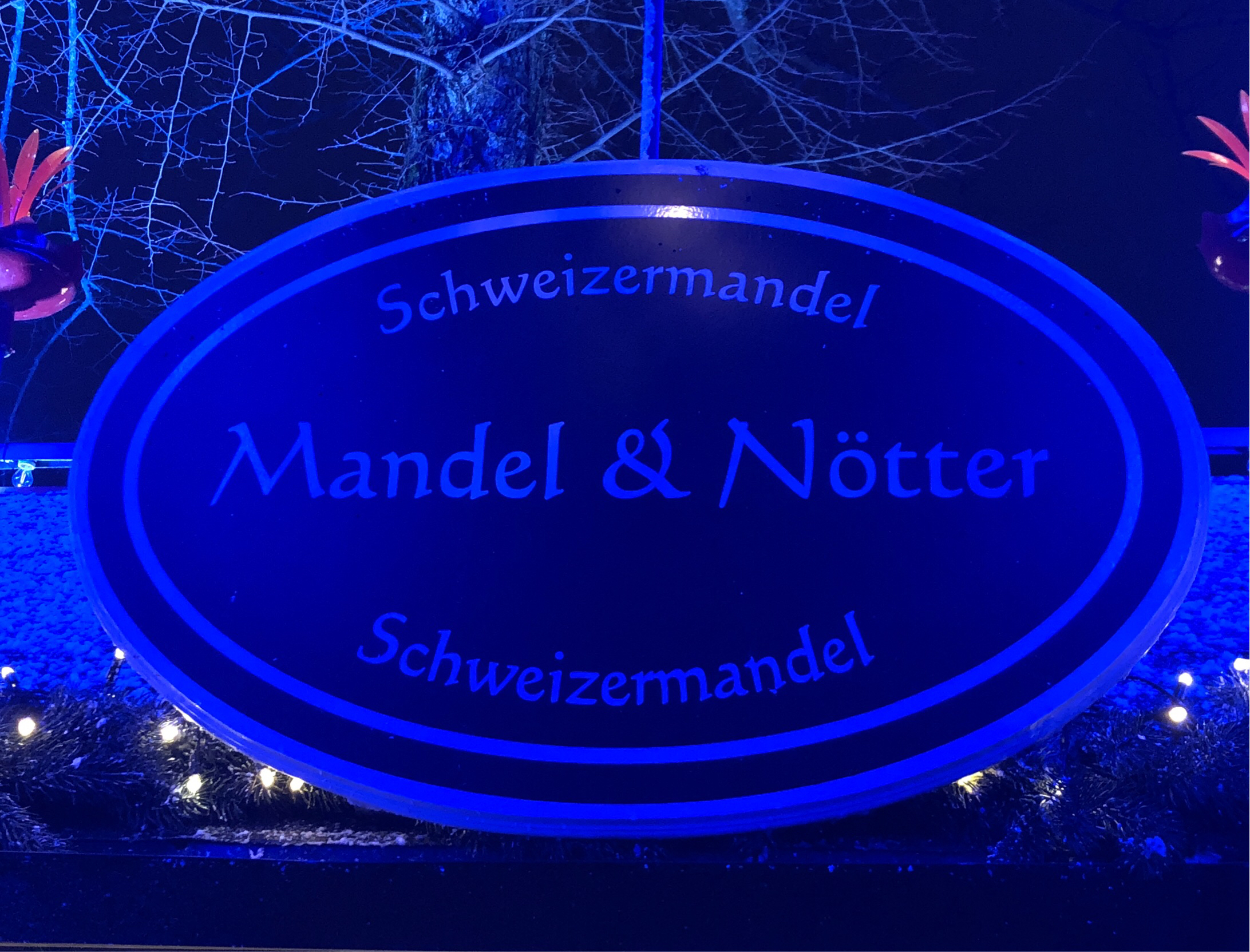
|
17250
|
|
Schweden
Göteborg
|
|
|
—
|
|
|
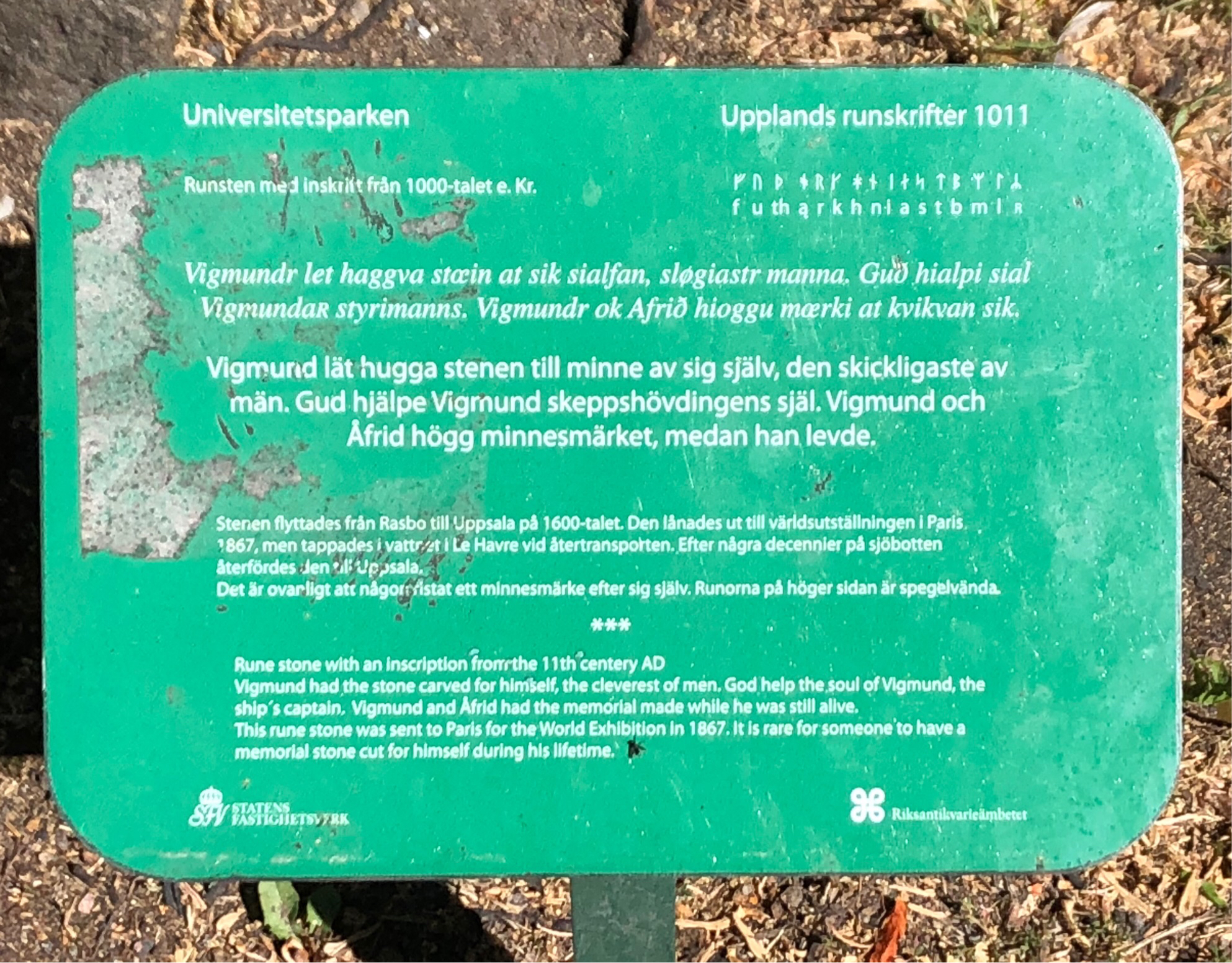
|
15207
|
|
Schweden
Uppsala
|
|
|
—
|
|
|
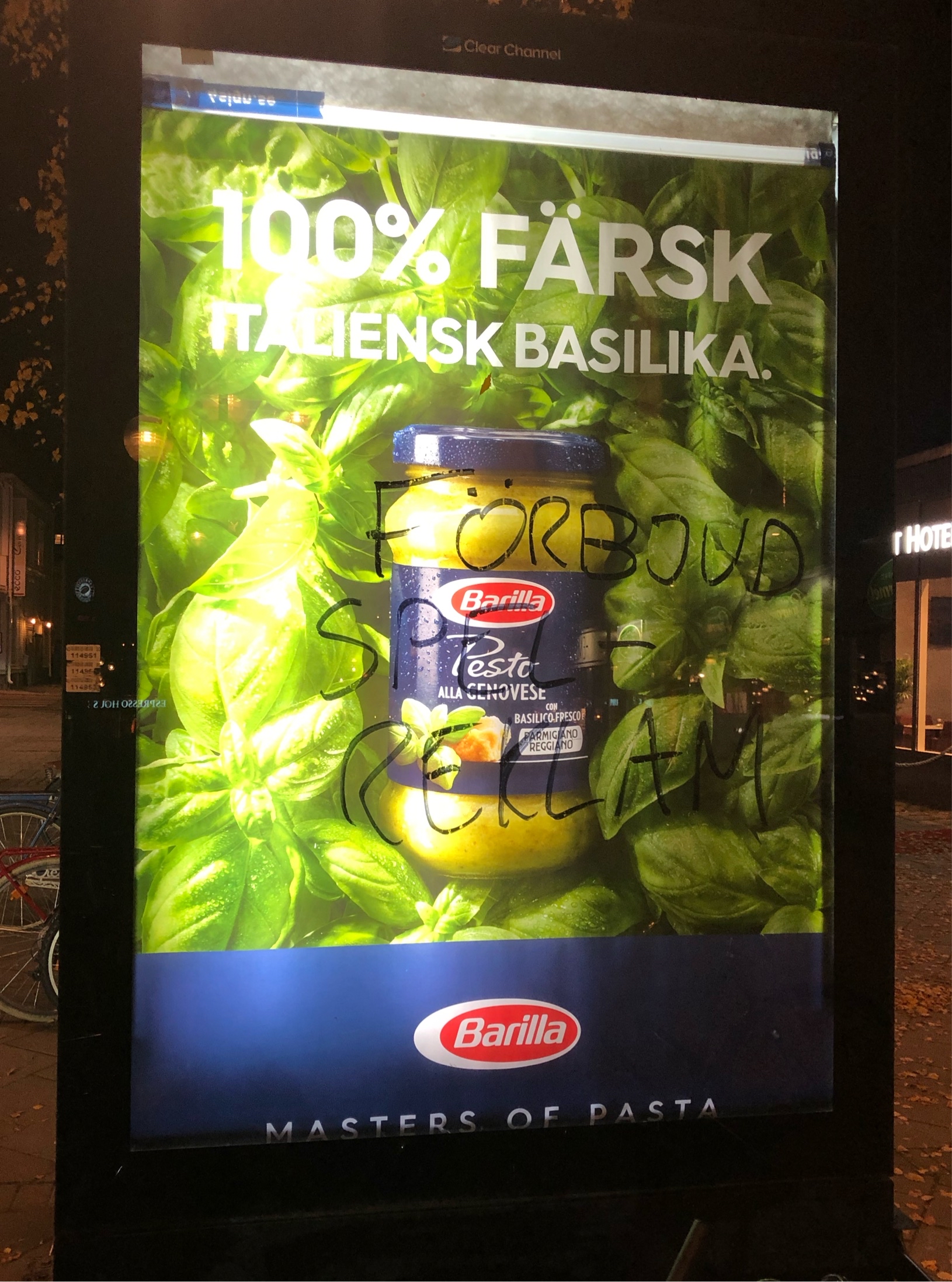
|
24944
|
|
Schweden
Umeå
|
|
|
Protest statement left, cause of protest gone
|
|
|
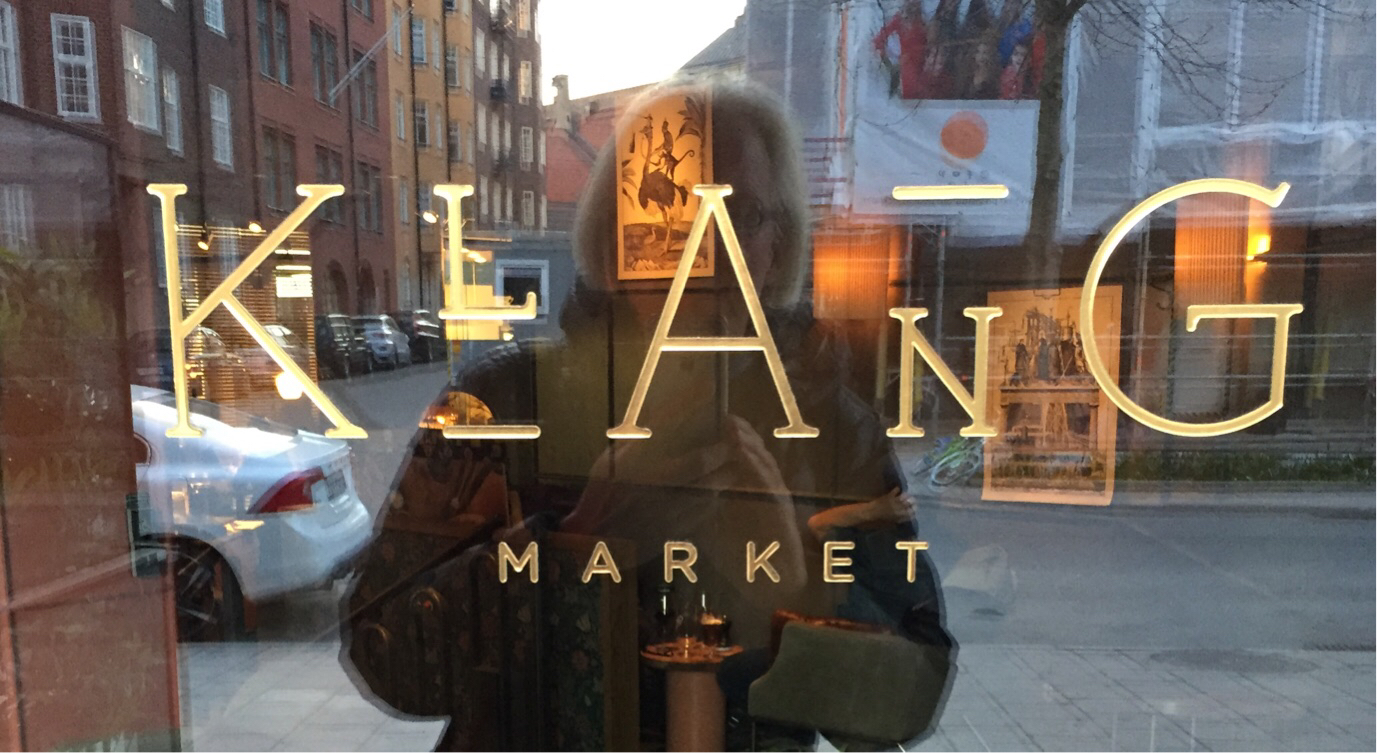
|
19313
|
|
Schweden
Stockholm
|
|
|
Schön
|
TypeWalk
|
|
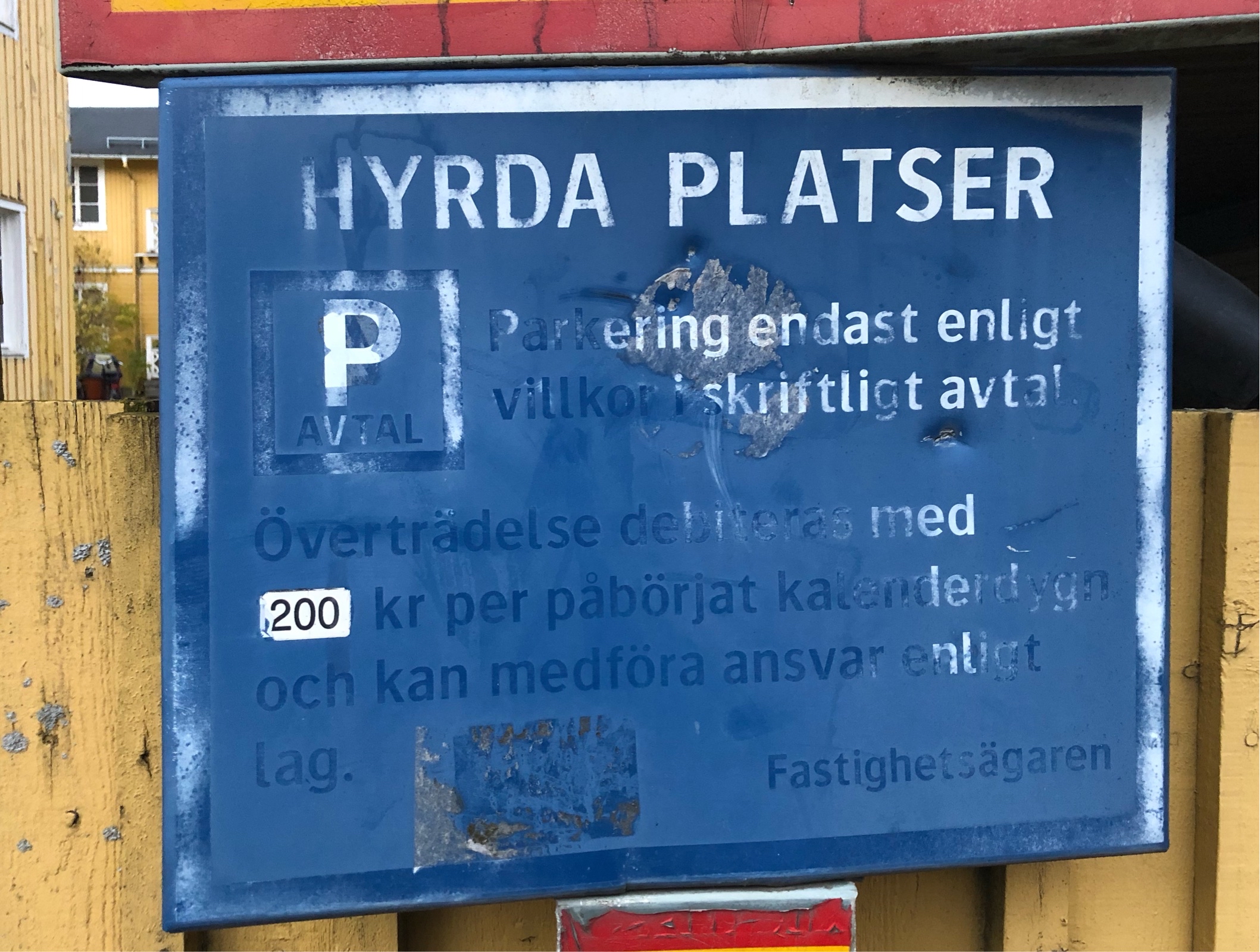
|
24945
|
|
Schweden
Umeå
|
|
|
—
|
|
|

|
19315
|
|
Schweden
Stockholm
|
|
|
Sehr seltsame Uhrzeiten – wie kommt man auf so etwas?
|
TypeWalk
|
|

|
19327
|
|
Schweden
Stockholm
|
|
|
Schön gemacht!
|
TypeWalk
|
|

|
19348
|
|
Schweden
Stockholm
|
|
|
Nicht Karlsson vom Dach, aber auch nicht schlecht!
|
TypeWalk
|
|
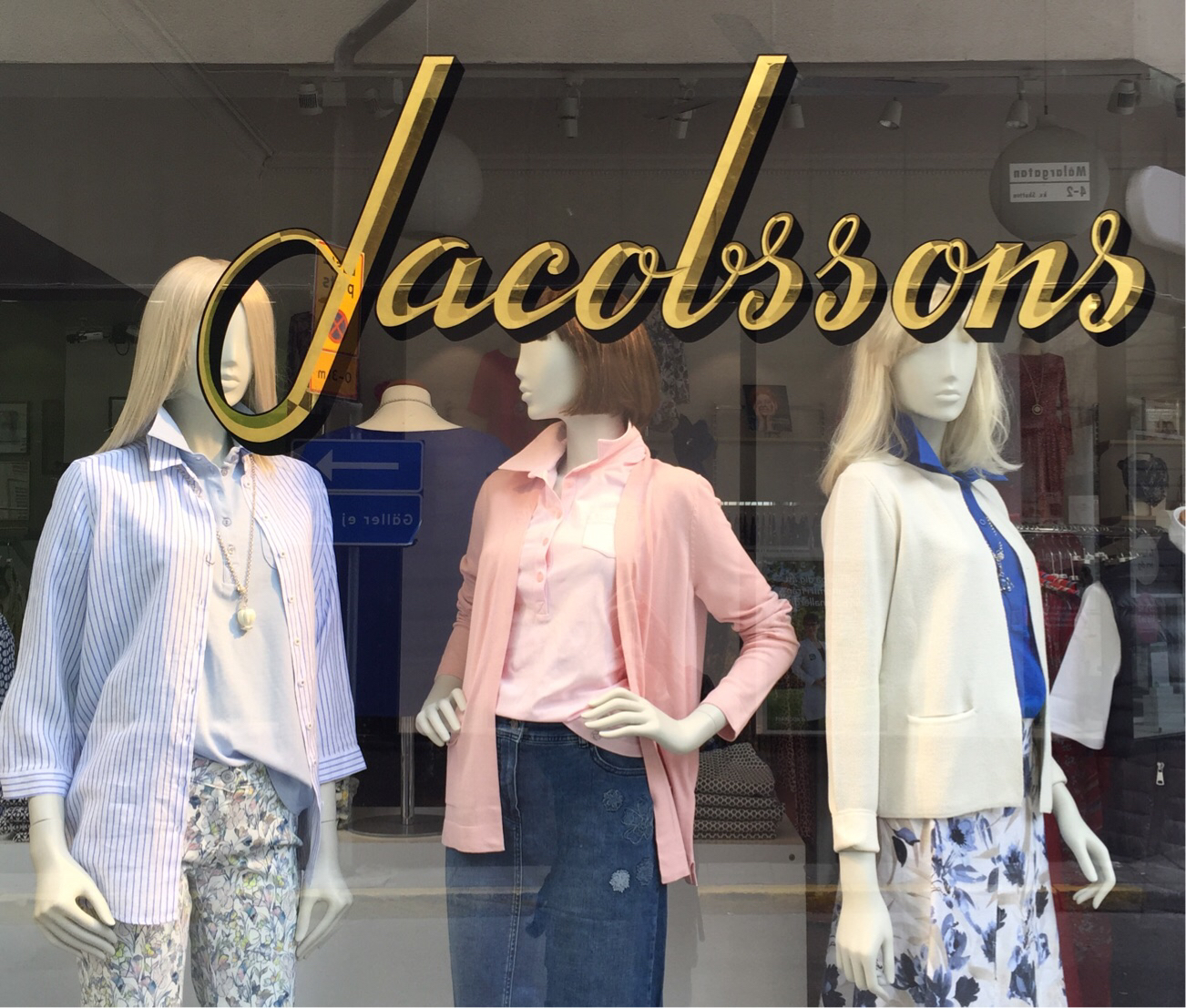
|
19350
|
|
Schweden
Stockholm
|
|
|
Ziemlich komplexe Muster innerhalb der Buchstaben! Und was für markante - nun ja, Vertikale sind es ja eben nicht…
|
TypeWalk
|
|
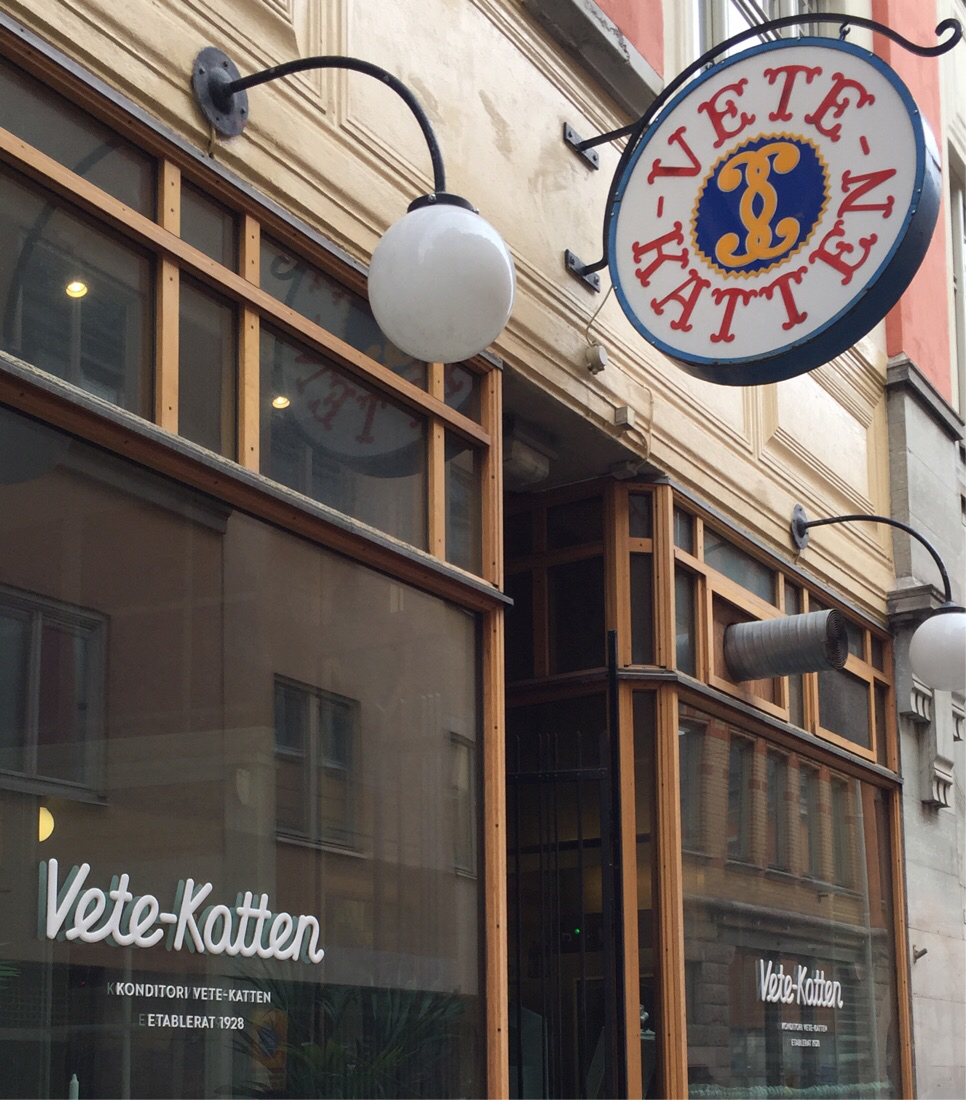
|
19354
|
|
Schweden
Stockholm
|
|
|
Ein besonderer Ort!
|
TypeWalk
|
|

|
4096
|
|
Schweiz
Bern
|
|
|
—
|
|
|
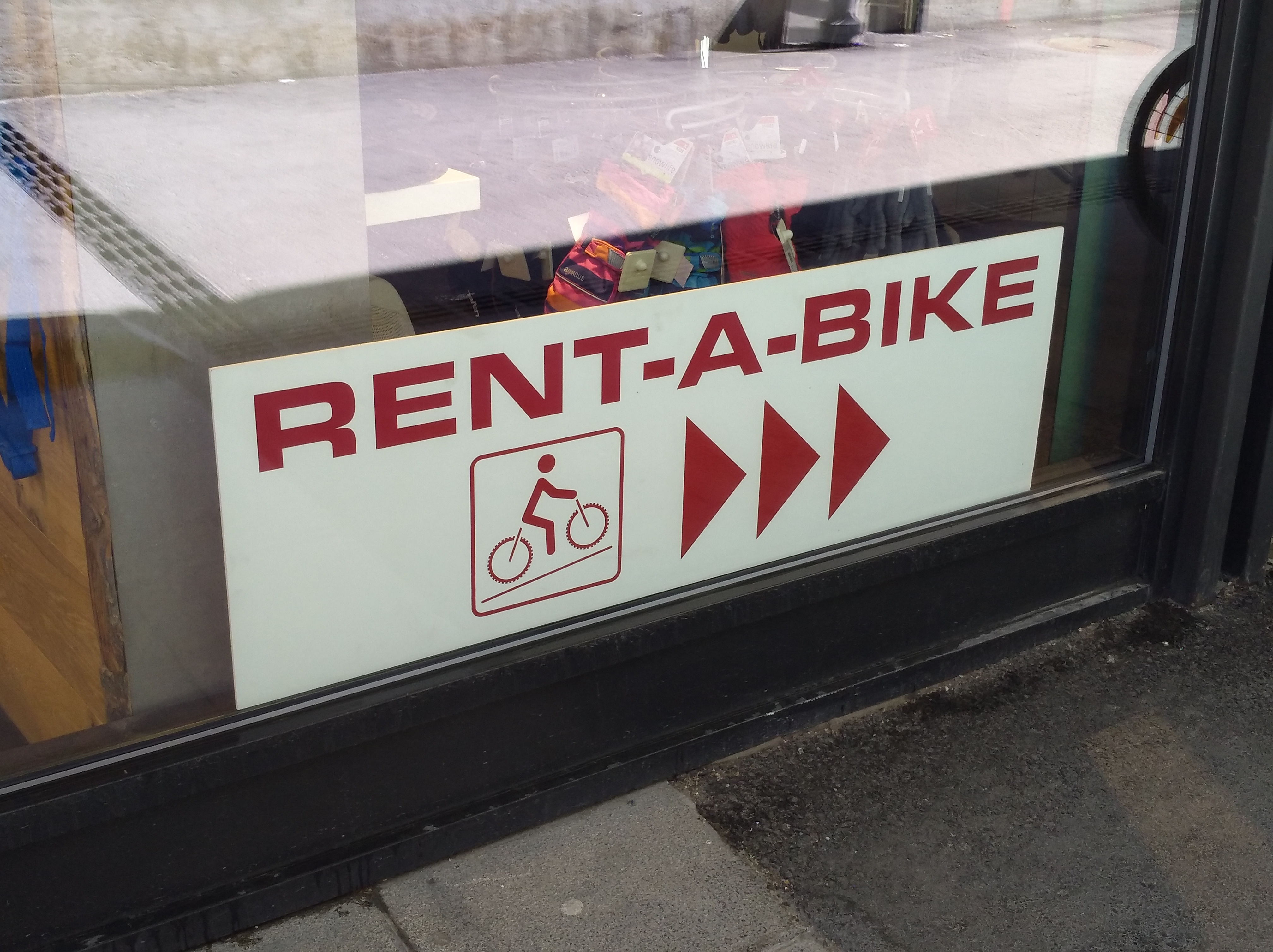
|
8960
|
|
Schweiz
Zermatt
|
|
|
—
|
MA1.0
|
|
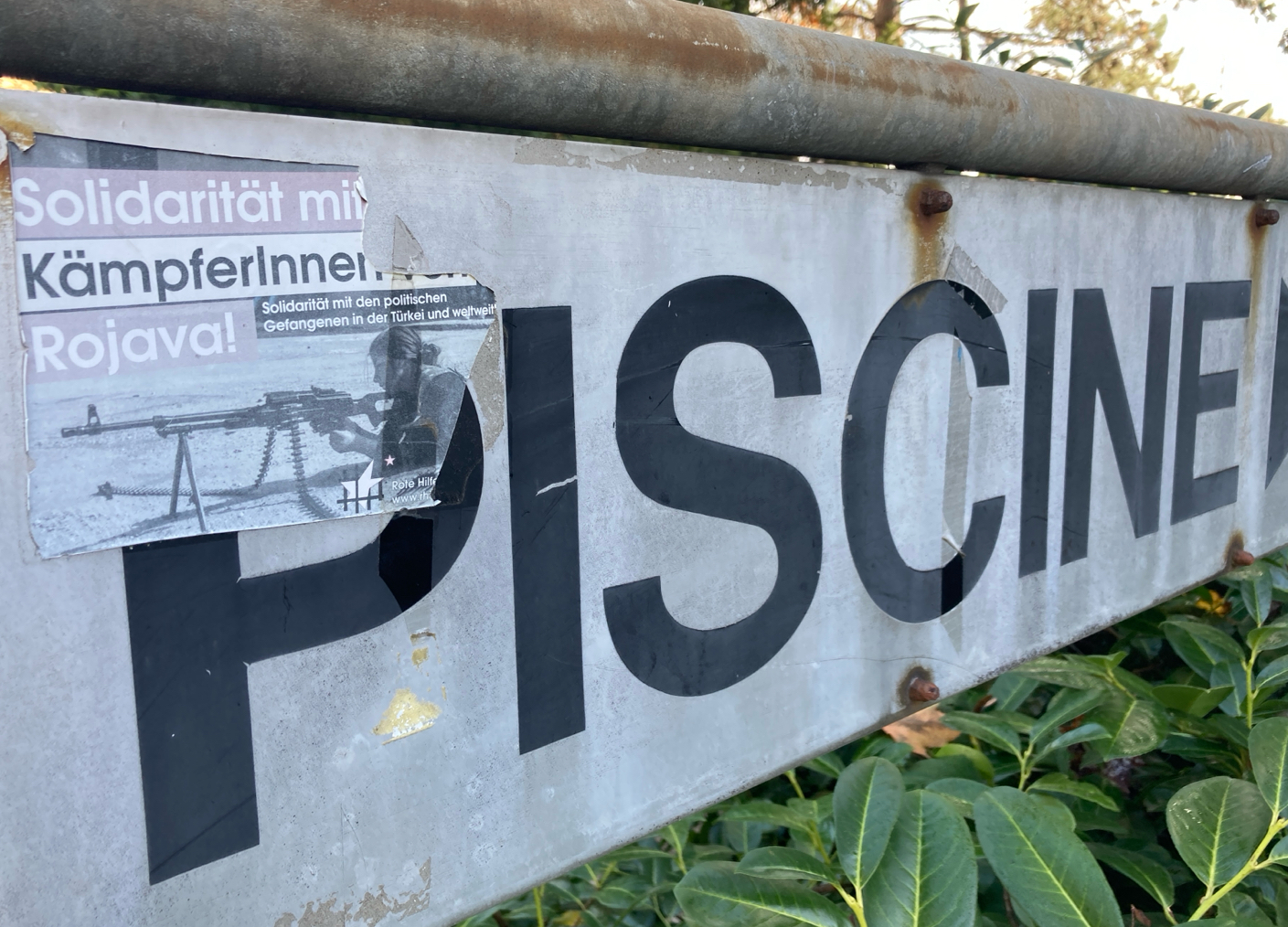
|
140032
|
SB
|
Schweiz
Fribourg
|
|
|
—
|
Freiburg/Fribourg2025
|
|

|
9216
|
|
Schweiz
Zermatt
|
|
|
—
|
MA1.0
|
|